Guía de identificación de aves de Aragón y España continental
Introduction
The identification of the age and sex of birds in hand constitutes one of the essential tasks that every ringer must face. In this context, Javier Blasco Zumeta, through his Bird Identification Atlas of Aragón, has contributed like few others to build a tool that, today, is a reference in all Europe for ringers in particular, and ornithologists in general.
To this unparalleled work, with thousands of hours of fieldwork, many kilometers traveled and countless time dedicated to documentation, study and consultations with experts from here and there, an additional economic effort must be added to maintain the internet site that allows a free consult of the Atlas. All this, financed from the author’s family budget.
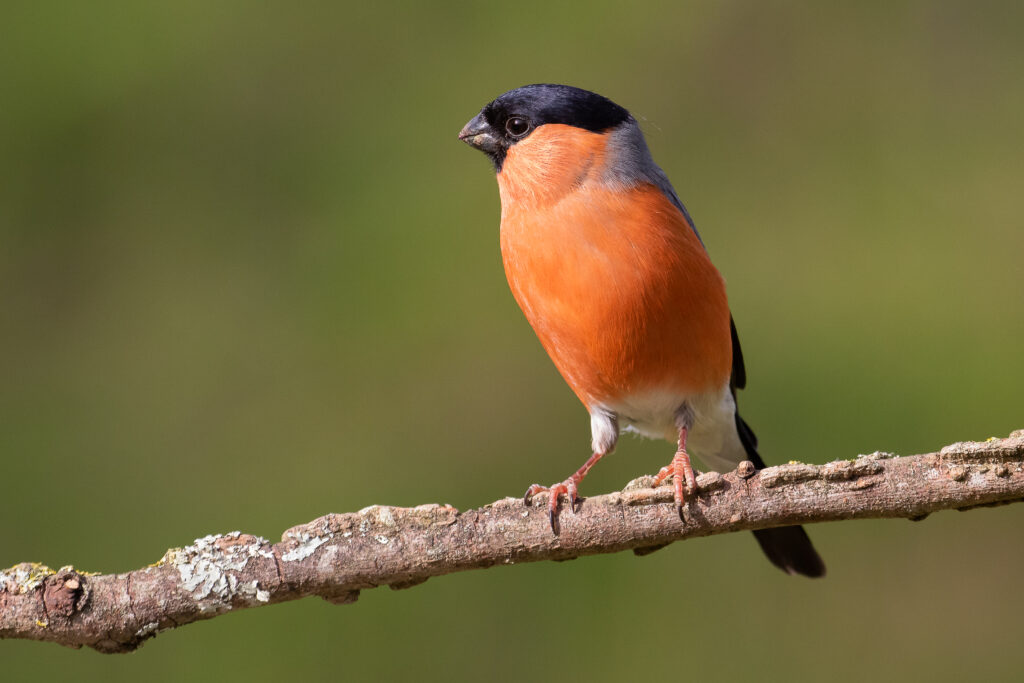
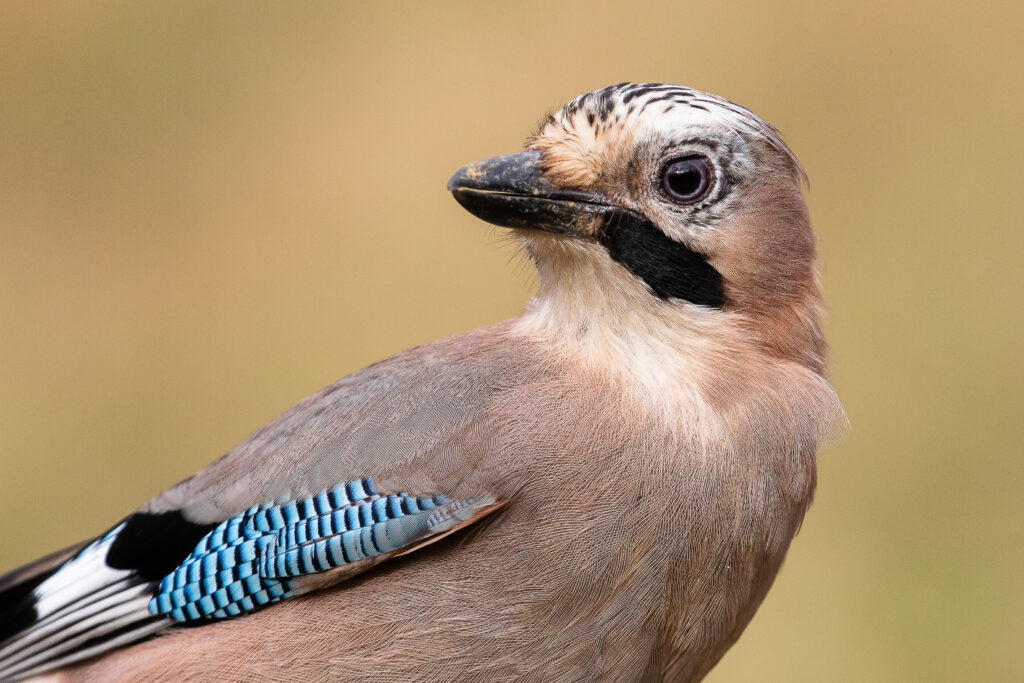
Aware of the effort needed to keep the Atlas alive, Javier Blasco Zumeta and the Aranzadi Sciences Society, whose Ringing Scheme is proud to have him among its members, reached an agreement for the last to cover the costs of maintenance of the page and guarantee its long-term viability. This is why you can now find this new site, the ‘Blasco-Zumeta Identification Guide of Birds of Aragón and continental Spain’. As you will see, the Guide respects the original work, updating it only in terms of stylistics and consolidating and guaranteeing the free access of its content for years to come.
From the Ringing Scheme of the Aranzadi Sciences Society, we can no more than being very proud and grateful for the trust placed in us to keep the long-term viability of this legacy.
About the Author
Javier Blasco Zumeta (Pina de Ebro, 1957) is a retired Primary School teacher and bird ringer since 1982, when the only tool available to identify birds in the hand was the first edition of the ‘Identification Guide of European Passerines’, by L. Svensson, in English. The arrival of the digital cameras and the possibilities of diffusion provided by internet, encouraged Javier to develop a visual guide which would allow the identification of the species, sex and age of the birds of Aragón, thus substituting with images the so-commonly arid descriptions of birds plumages found in most identification guides used by ringers. This is how the Bird Identification Atlas of Aragón was born, with the inestimable collaboration with Gerd-Michael Heinze, a German ornithologist expert in large birds of prey and waterfowl, with whom Javier established such a close collaboration that he must be considered as co-author of this work.
As a vocational naturalist, Javier has been also involved in other initiatives which, overall, have contributed to the study and divulgation of the fauna and flora of Aragón. For more than a decade, Javier coordinated an inventory of the fauna and flora of the steppes of the Ebro Valley. With a team comprising more than 100 specialists from around the world, more than 4,000 species were identified, with results that nobody expected in an environment that has been historically considered as degraded and without any value. These steppe landscapes hosted a biological richness and uniqueness that did not exist in other areas of Europe, with tens of new species and with relationships with the Asian steppes. The results of the project can be consulted in this link. Continuing with this naturalistic desire, Javier is currently developing another project to make educational files on the fauna and flora of his municipality, Pina de Ebro. What has already been done can be consulted at this link.
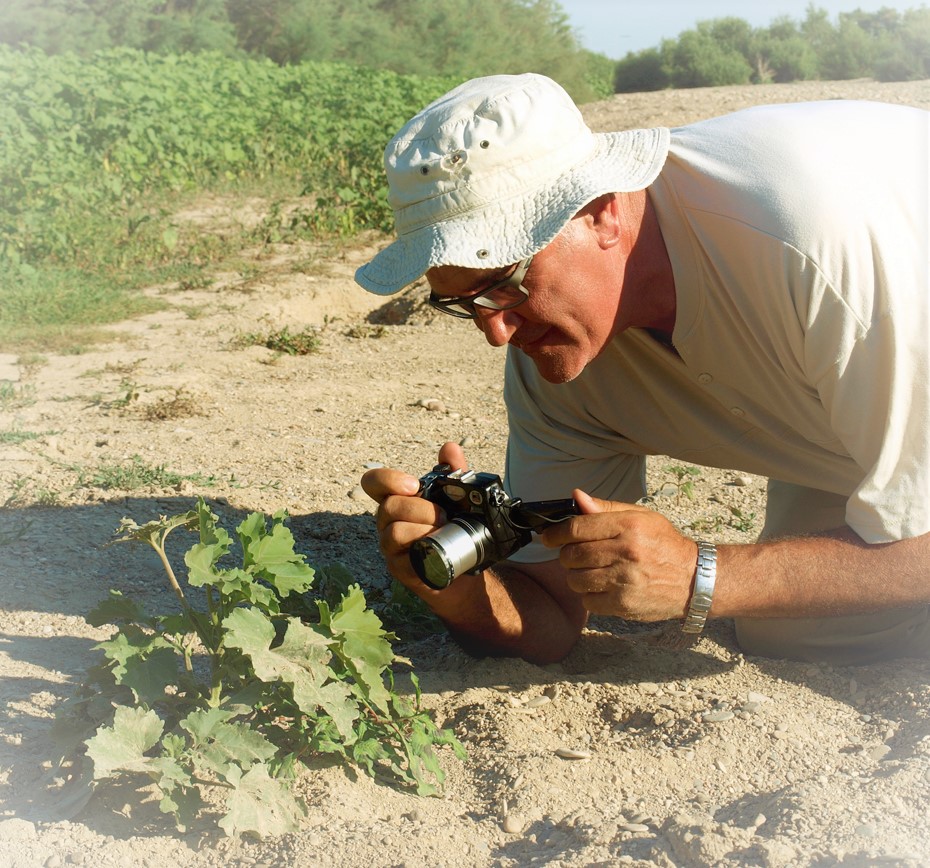
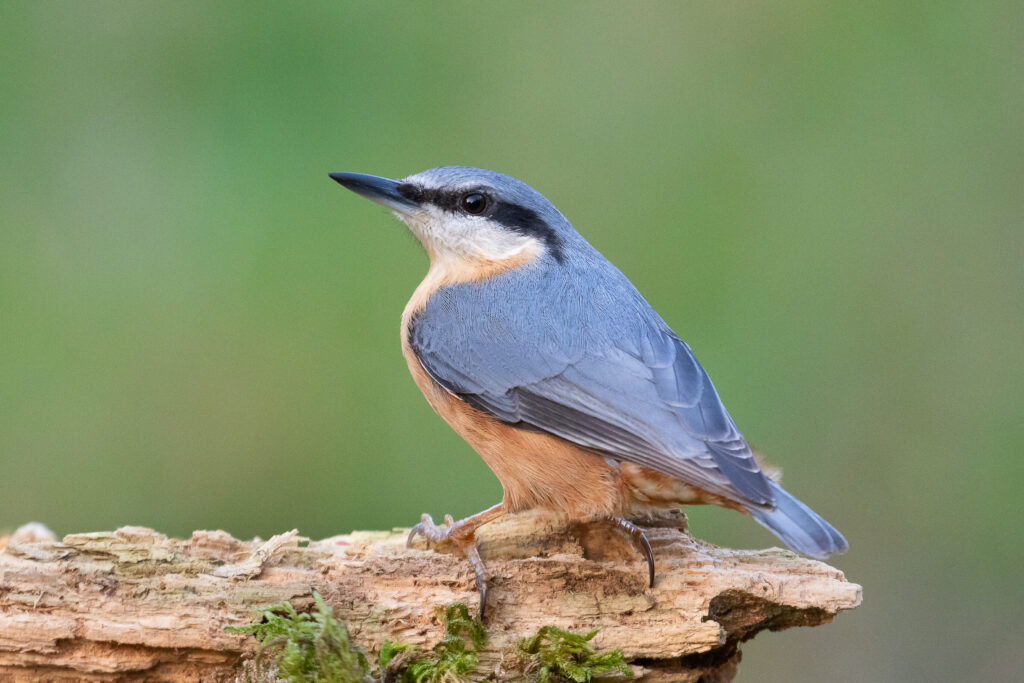
Furthermore, Javier promoted other project types, in this case associated with the study and conservation of the cultural heritage. On such projects, available in this link, was the ‘Streets of Pina de Ebro’, in collaboration with Nieves Borraz. In this line, one of his most recent projects, in collaboration with Victoria Zumeta, has been the review of landmarks of Pina de Ebro. Following a demarcation document from the end of 1872, photographs from 150 years ago have been compared those from today, thus allowing the comparison and change of the landscape at a very local spatial scale. Like the rest of his works the info of the project can be downloaded from this link. Another project in progress is the inventory of bell towers in Aragon, which can be consulted at this link.
Finally, we cannot ignore that Javier was teaching for more than 30 years at the CEIP Ramón y Cajal in Pina de Ebro. Javier transferred his passion for nature to the school and “broke down” its walls to move the school to the countryside in a project of educational innovation in which one afternoon a week was dedicated to go out into the environment to study nature in Nature.
All these works were carried out with the goal of disseminating, altruistically, the natural and cultural heritage of Pina de Ebro and Aragón. As a consequence, all this work has been recognized by awards and recognitions such as the Gold Medal of the Villa de Pina de Ebro (1995), the Cross of the Civil Order of Alfonso X the Wise (1996), the Aragón Environment Award (2004), the Jaulín Award in Defense of Nature (1994, 2010) and, last but not least, the giving of the name ‘Parque Javier Blasco Zumeta’ to a park in Pina de Ebro.
About Gerd-Michael Heinze
Gerd-Michael Heinze (Wolfsburg, 1959) is a German expert ornithologist from the Lower Saxony region. Through an European ringers forum, Gerd helped Javier with some doubts about cormorant moulting in 2006 and since then they have worked together in determining sex, age and studying bird’s plumage, completing this reference guide.
Gerd works since the early 1990s at the Lower Saxony Water Management, Coastal Protection and Nature Conservation Agency, Nature Conservation Centre Elbe Estuary. He is responsible for species and biotope protection and management in large Natura2000 areas where he also promotes nature tourism and his passion for birds through lectures and excursions.
Ornithological interests since the 1980s are field observation, ringing, recording and mapping of breeding and migratory birds. His main passions are “sibling species”, shorebirds, raptors and owls.
Gerd specializes since the 1970s in the determination of birds based on feathers and bird-remains, built up a feather collection for comparison and corresponds to different feather-ID-projects.
In addition to the birds, he is devoted to entomology (especially butterflies, dragonflies and grasshoppers) and herpetology.
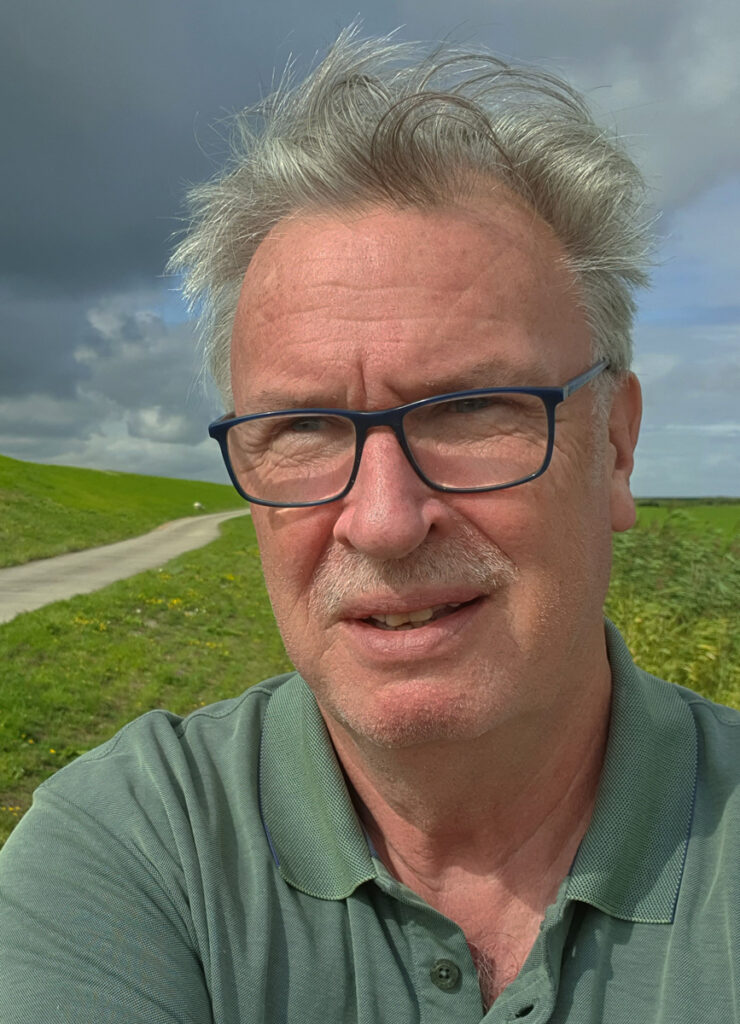

Acknowledgements
Many people have helped by contributing photographs, making comments or helping in the capture of specimens to be photographed. Thanks, really, to José Miguel Abenia, Gonzalo Agudo, Eduardo Albaiceta, Juan Carlos Albero, Manuel Alcántara, Javier Alcón, José Antonio Alfranca, Eduardo Amengual, Manolo Andrés Moreno, Adolfo Aragüés, Fernando Arranz, Joan Aymerich, Raul Aymi, Eva Banda, Jordi Baucells, Jose Beneito Montagut, Luis Bescós, David Bigas, Gerard Bota, Frank Bracko, Ursula Bryson, Alberto Bueno, José María Canudo, Miguel Ángel Carrero, Manuel Castillo, Daniel Cazo, Félix Compaired, Fernando Contel, Alejandro Corregidor, Miguel de Gabriel Hernando, Sergio de Juan, Manuel de la Riva, Javier Elorriaga, Daniel Enfedaque, Conchi Escanilla Usón, Pedro Escartín, FAB (Fondo de Amigos del Buitre), Juan Fernández Gil, Juan Carlos Fernández-Ordóñez, Alex Fonollosa, Marlis Forcher, Klaus Dietrich Finczynski, Laura Fortuño Aixendri, Miquel Angel Franch Casanova, Uge Fuertes Sanz; Álvaro Gajón Bazán, Manuel Galán, Lluis García (Restauran l’Estany), Gabriel Gargallo, Jordi Gómez, Rafael González de Lucas, Javier Gonzalvo, Óscar Gordo, Arnau Guardia Povedano, Ricard Gutiérrez, Óscar Gutiérrez, Juan Carlos Hidalgo García, Magnus Hellström, Esteban Hernández San Román, Marc Illa, Pere Josa, Ondrej Kauzal, Hansjörg Lauermann, Jesús Mari Lekuona, Miguel Ángel Letón, Joaquín López Pardo, Rafael López Vidal, Guillermo López Zamora, Ralph -G. Lösekrug, Javier Lucientes, Ariele Magnani, Xavier Marco, Miguel Ángel Martín Arnau, José Antonio Martínez, David Mazuelas, Juan Luis Muñoz, José Ignacio Ocáriz, Alejandro Onrubia, Ottenby Bird Observatory, Parc Natural del Delta de l’Ebre (Departament de Medi Ambient i Habitatge, Generalitat de Catalunya), Nerea Pagaldai, Carlos Pérez Laborda, Adolfo Pérez, José Antonio Pinzolas, César Piñol, Alberto Plata, Francesc Pociello, Pia Rännänen, Dietrich Ristow, José Luis Rivas, Domingo Rivera, Isabel Roa, Rubén Rodríguez Olivares, Lidia Roncero, Rafael Sánchez, Javier Sanz, Juan Carlos Senar, David Serrano, Serveis Territorials a Lleida (Departament de Medi Ambient i Habitatge, Generalitat de Catalunya), José Luis Tella, Paulo Tenreiro, Antonio Torrijo, Sergi Turmo, Vincent van der Spek, Francesc Vidal i Esquerré, Diego Villanúa, Pedro Villanueva, Eduard Villar Leonard, Matthias Vögeli, Reinhard Vohwinkel, Carlos Xamani, Esther Yera and Íñigo Zuberogoitia.
And especially to the Centre de Fauna de Vallcalent (Lleida), without whose collaboration much of this work would not have been possible.
